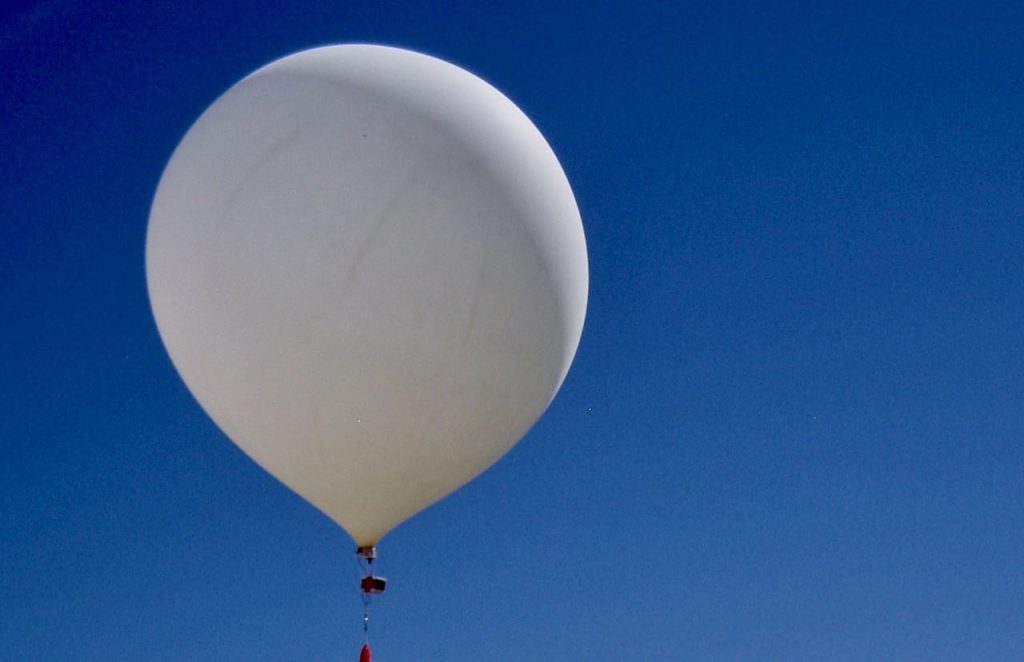(Source: Wired via David Korchin)
SOME RETIREES TAKE up fly fishing. Others pick up golf. But when Roland—or “F5ZV,” as he’s known on ham radio—left his job in Belfort, France a decade ago, he devoted his newfound leisure to a far more peculiar hobby: hunting radiosondes.
The white plastic boxes contain instruments to measure things like wind, temperature and humidity; meteorologists send them skywards on balloons, and they transmit data back over radio waves. But somewhere around 100,000 feet, the balloons burst, and the radiosondes parachute back to earth.
Roland began using a radio receiver and antenna to track them to the rooftops, parking lots, and random cow pastures where they land. “He was completely obsessed with radiosondes,” says Swiss photographer Vincent Levrat, who documents the chase in his quirky series Catch Me If You Can. “He would wake up at night just to hunt.”
By Roland’s own estimation, there are hundreds of other radiosonde hunters across Europe who monitor launch schedules for weather station balloons. They begin each hunt by using software called Balloon Track to predict the general area where a radiosonde might land; Balloon Track calculates the trajectory based on wind speed and burst altitude.[…]


These sondes are an important part of the worldwide weather forecast system: They measure temperature, humidity and air pressure vertically through the atmosphere. From many sites they are started several times a day.
In former times the sondes carried RADAR reflectors and were followed by RADAR systems that measured direction, elevation and distance – the antenna followed a single object and did not rotate as you normally see. These devices were useful by the combination of the RADAR and measurement data.
These days the sondes contain GPS receivers. For the weather stations that launch them, they are “launch and forget” devices. You only need a reception network for the 400 MHz band where these sondes transmit- at least im region 1.
A Californian group of radio amateurs launches comparable sondes but do not fill the baloons that much. This way the sondes do not rise so high and do not burst. The limiting factor of these flights is the UV degradation of the balloons. Normally these sondes are started after dusk and fly for two nights and one day. In the morning of the second day the balloons burst and the sondes come down in Morocco or Algeria after being transported by the jetstream.
These Ham radio sondes transmit their data as APRS packets. As far as I know they only used the north American APRS frequency. If they could transmit on two more frequencies they could use the APRS relay on the ISS (145,825 MHz) over the Atlantic Ocean and the European APRS net on 144.800 MHz. Up to now the sondes could not be monitored during their second night. Spanish radio amateurs typically pick them up shortly before the balloon bursts.
BTW: I know all this because I once worked near such a weather station. One of its operators was a radio amateur, too. So I got a private guided tour. Another example of what happens within our interational brotherhood…